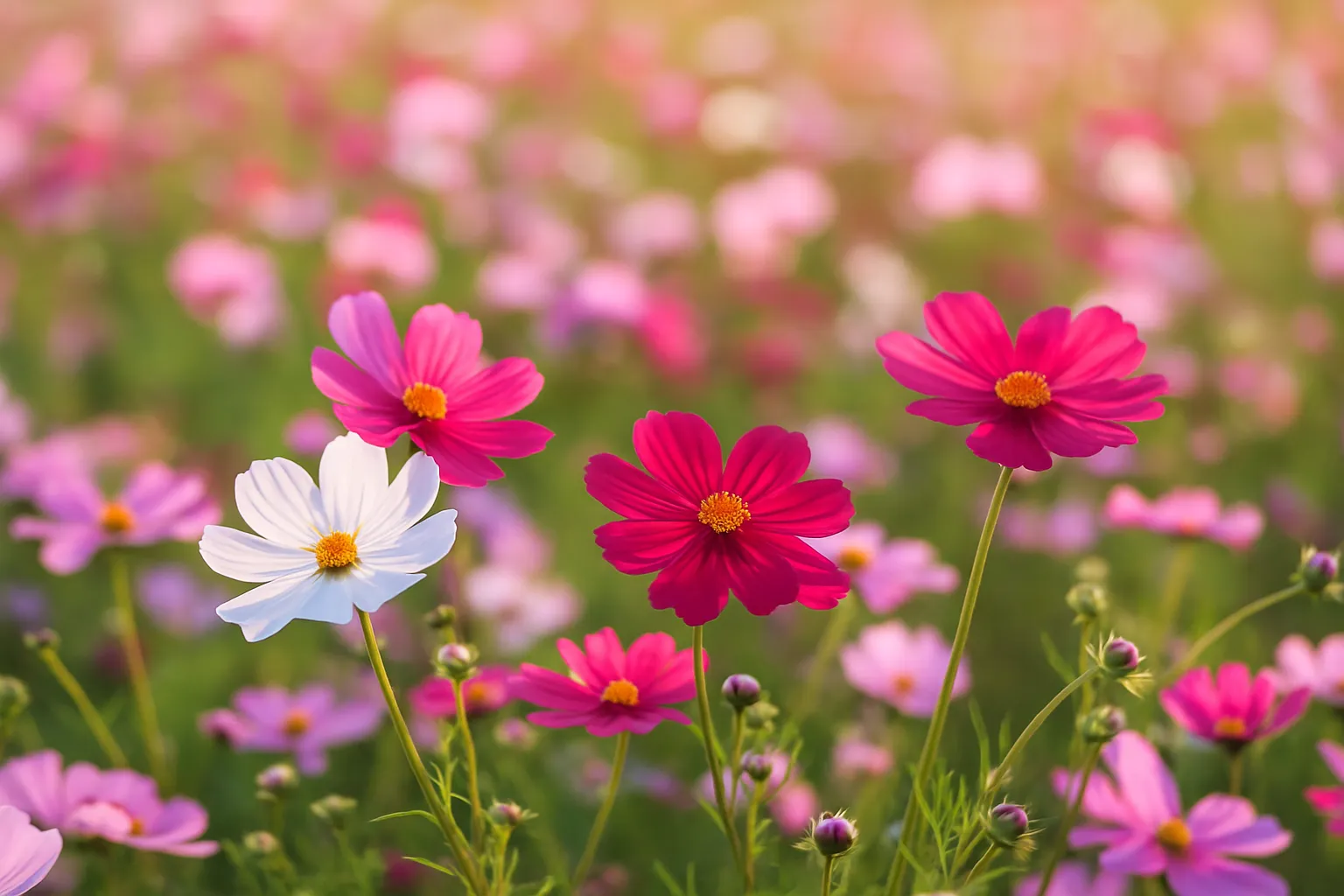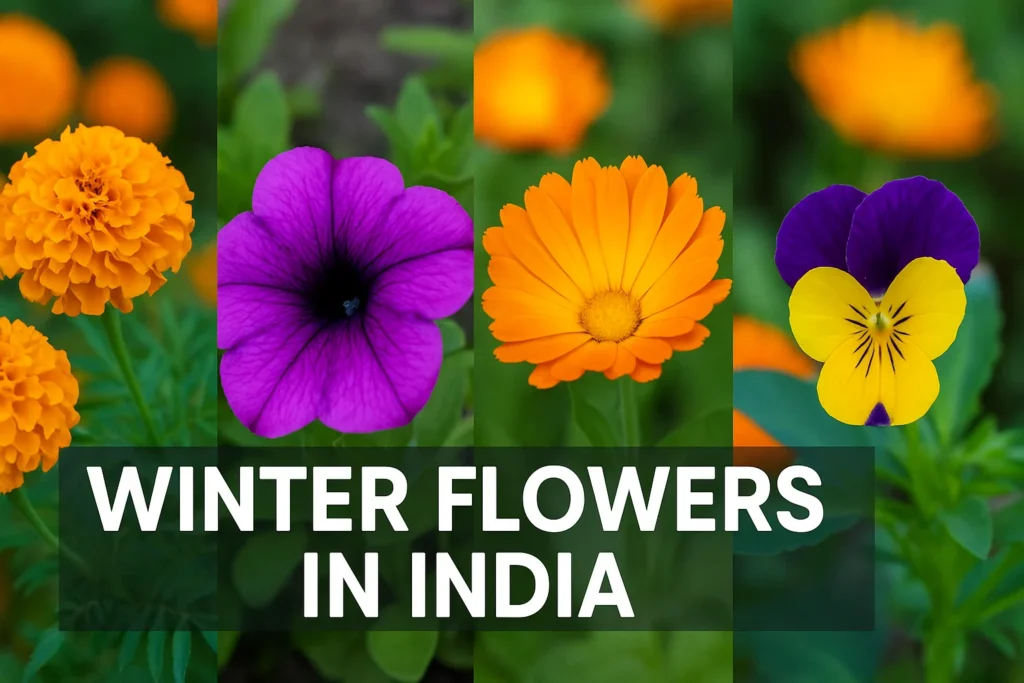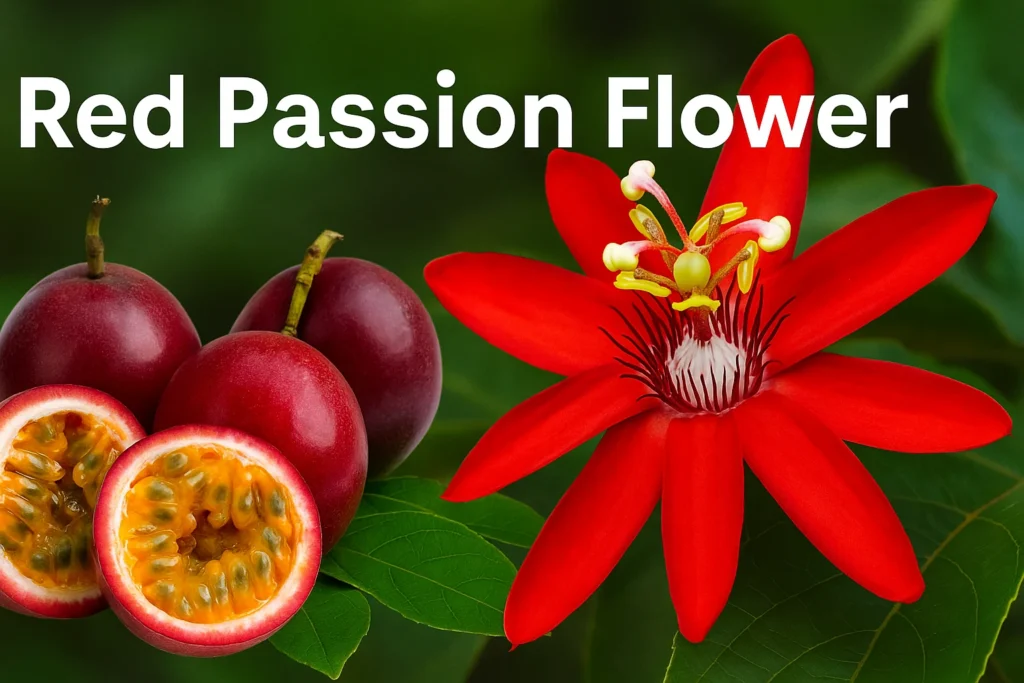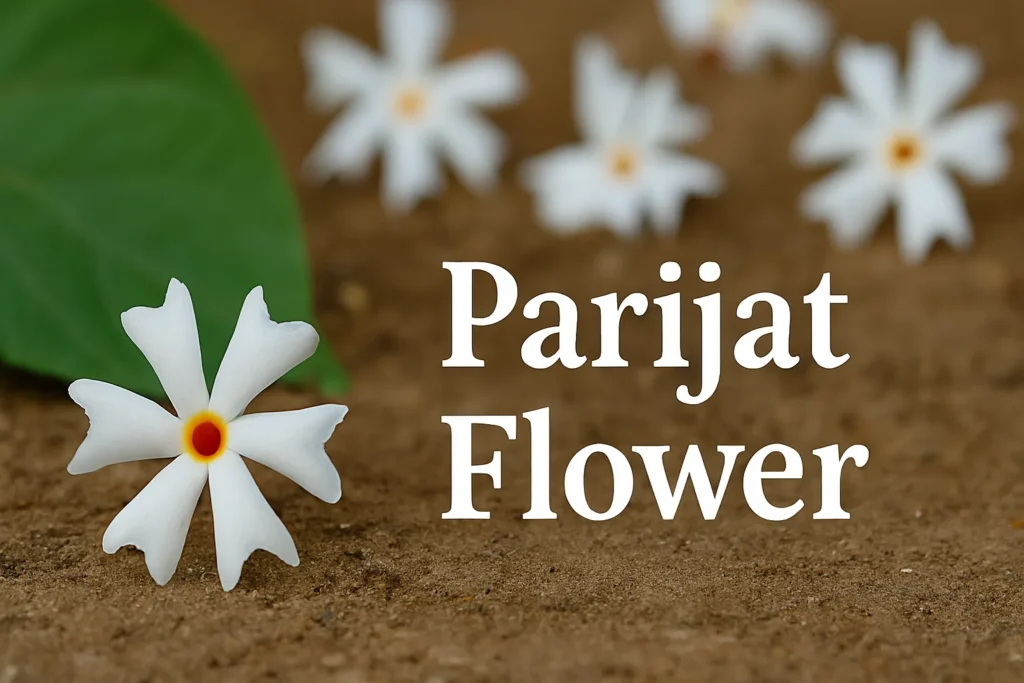The cosmos flower has become a beloved addition to gardens worldwide, enchanting garden enthusiasts and amateur growers with its effortless charm. Its vibrant blooms and airy foliage create an instant sense of wonder, no matter where you plant it. Whether you’re admiring a stunning cosmos plant in India or exploring variations like pink, white, or chocolate cosmos flowers, this cheerful plant is a true star among flowering species. In this guide, we’ll cover everything from the cosmos flower’s meaning to care tips—so let’s dive in and learn why this classic garden favorite deserves a spot in your home or balcony garden!
Cosmos Flower: A Colorful Addition to Your Garden
The cosmos flower stands out for its delicate, daisy-like appearance and long-lasting blooms. Perfect for gardeners of all skill levels, cosmos plants thrive in warm climates and require minimal care. These flowers, which originate from Mexico, have found a firm place in Indian gardens as well, blooming abundantly in parks, public spaces, and home yards.
Cosmos flowers belong to the Asteraceae family, sharing their roots with daisies, zinnias, and sunflowers. This makes them an easy choice for both seasoned gardeners and beginners, especially if you love low-maintenance yet high-impact garden blooms.
Planting and Caring for Cosmos Plants
Starting a cosmos flower plant is surprisingly simple, and the rewards are plentiful. These resilient flowers grow best from seeds—which means you don’t need green thumbs or expensive gear to enjoy a gorgeous cosmos display.
To plant cosmos, choose a sunny location with well-draining soil. These flowers appreciate a little neglect; too much fertilizer or water can result in fewer blooms. Simply scatter the seeds after the last frost, cover them lightly with soil, and watch them grow! Within weeks, you’ll notice the signature feathery leaves and, soon after, cheery blooms in various hues.
If you’re planning a mixed garden, cosmos can make an excellent companion for other ornamental beauties. Consider integrating Ornamental Kale Plants for a bold and colorful contrast.
When Do Cosmos Bloom? The Cosmos Flower Season in India
One of the best things about cosmos plants is their long blooming period. In India, the cosmos flower season typically runs from late winter through early summer, with blooms often stretching from February to June, depending on your local climate. In cooler regions, cosmos flowers may bloom later in the season.
During their peak, gardens adorned with cosmos come alive with butterflies and bees, making them a favorite for pollinator-friendly spaces. Their upright stems and prolific blossoms mean you’ll be enjoying new flowers continually, all season long. You can also try adding periwinkle flower in spring or summer for a subtle color palette shift.
The Many Colors and Types of Cosmos Flowers
The beauty of cosmos lies in their variety. While pink, white, and purple cosmos flowers are the most common, you’ll also spot eye-catching orange and yellow varieties. The red cosmos flower adds a touch of boldness, while rarer shades like the chocolate cosmos bring an unexpected twist with deep, velvety blooms that even carry a subtle chocolate scent!
Although blue cosmos flower is often mentioned, it’s worth noting that true blue cosmos don’t exist—most blue-toned varieties are actually purple. The wide spectrum of cosmos flower colors ensures there’s a perfect match for every garden palette.
Including other vibrant flowers alongside cosmos enhances the visual appeal. For example, the Gomphrena Flower, with its globe-shaped blooms, complements cosmos beautifully in both color and height.
Cosmos Flower Meaning and Symbolism
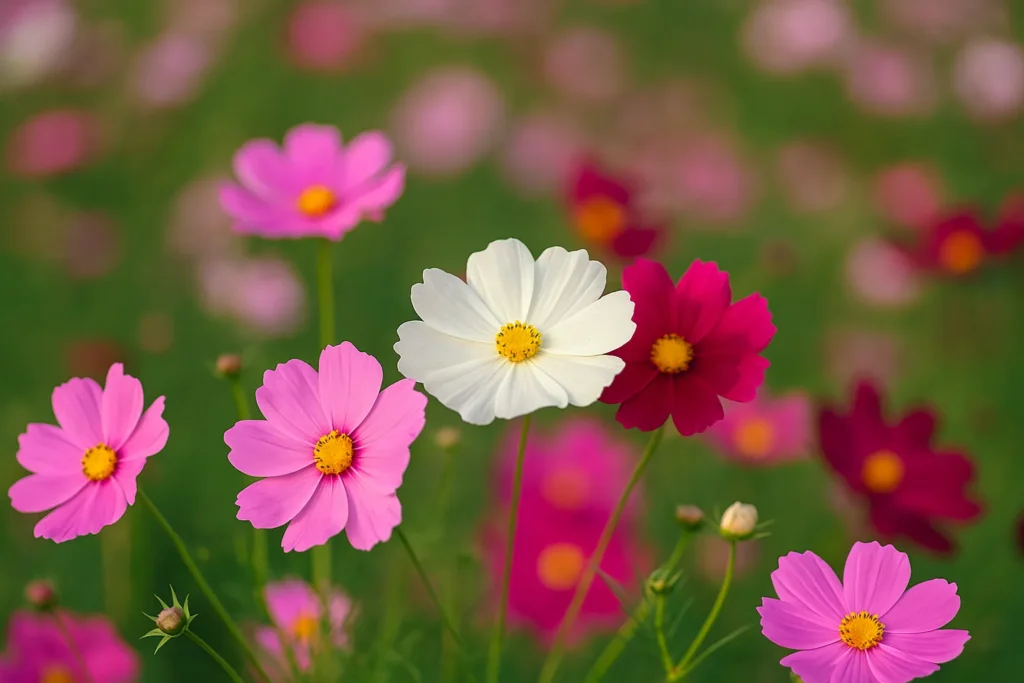
Apart from their visual charm, cosmos flowers hold a range of symbolic meanings. Often associated with harmony, peace, and tranquility, giving someone cosmos flowers can express feelings of love, order, and modesty. The name “cosmos” itself is derived from the Greek word meaning “balanced universe,” reinforcing its connection to order and serenity.
In India and many other cultures, these flowers are chosen not only for their beauty but also for the sense of positivity they bring to garden spaces and homes. For garden enthusiasts hunting for unique blooms, neelakurinji is a native Indian marvel and pairs well with cosmos in terms of overall garden diversity.
How to Grow a Cosmos Flower Plant at Home
If you’re interested in growing your own cosmos flower plant, you’re in for a treat. These flowers are infamous for their ease of growth and resilience, making them suitable for both large gardens and smaller urban balconies.
Here’s a quick guide to get started:
- Choose the Right Spot: Cosmos prefer full sun. Pick a place where they’ll receive at least 6-8 hours of sunlight daily.
- Soil Conditions: They aren’t picky! Average, well-drained soil is ideal. Avoid high-nutrient soils, as this can reduce blooming.
- Watering: Water young plants regularly but cut back once they’re established. Cosmos are drought-tolerant.
- Spacing: Give each plant enough space (about 30-45cm apart) for proper airflow and growth.
These simple steps work for almost all cosmos varieties, from the ever-popular pink and orange types to those unique chocolate or white cosmos flower types.
Don’t forget that the cosmos plant can be combined with showy adenium plants if you’re creating a garden that highlights a mix of bold and delicate floral beauties.
Cosmos Flower in India: A Growing Favourite
In recent years, the cosmos flower has surged in popularity across Indian gardens. With their ethereal petals and tall, swaying stems, they’re often the centerpiece of outdoor displays. Municipal parks, educational institutions, and home gardeners all value them for their hardiness and aesthetic charm.
Many Indian gardeners appreciate the long blooming window and minimal care cosmos flowers require. Whether you’re looking to fill a sunny border or create an informal wildflower look, cosmos are a prime pick.
Additionally, as apartments with limited space become more common, cosmos flowers thrive in containers too. A fun side benefit is that you can take your window side gardening to the next level by using invisible grill safety, ensuring safety without blocking sunlight for your flowers!
Unique and Rare Varieties of Cosmos
Most people are familiar with classic pink and white cosmos, but there are other types worth exploring. Chocolate cosmos, for example, are famous for their rich, dark color and chocolate-like scent—a rarity among flowers! Although not as common, they offer a delightful surprise in any garden.
Purple cosmos, though less prevalent than their pink cousins, provide depth and contrast, adding a regal touch to flower beds. Pair these with the Nikodia Plant, another visually striking choice for home gardeners.
Key Takeaways
Cosmos flowers bring joy and color to spaces of any size. Their easy care, long-lasting blooms, and symbolic meanings make them a favorite for urban gardeners and countryside growers alike. Whether you’re drawn by the soft pink and white petals or the rare chocolate cosmos flower, there’s a cosmos for every garden dream.
Experiment with pairings, enjoy their simple beauty, and don’t hesitate to invite a cosmos plant into your garden or balcony. These cheerful flowers can brighten up your day—and your surroundings—season after season!

